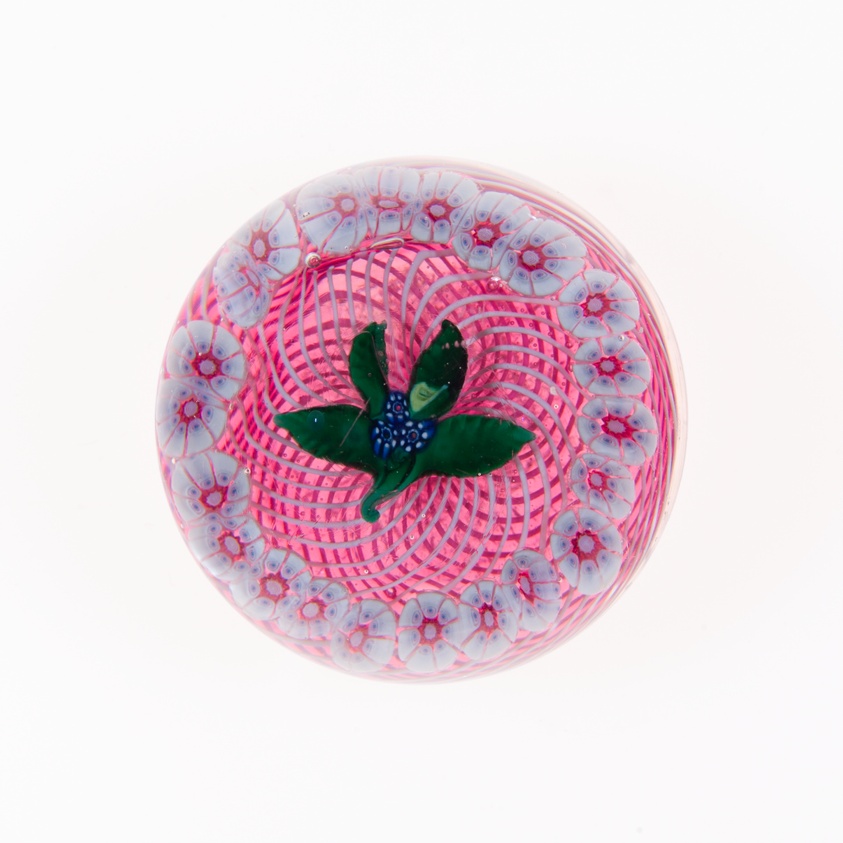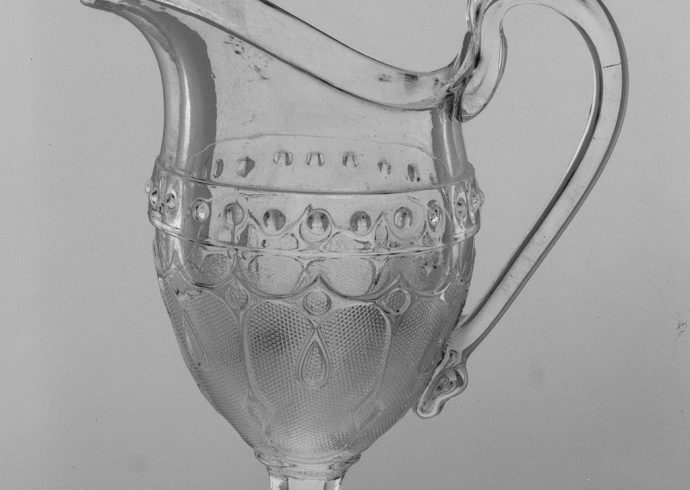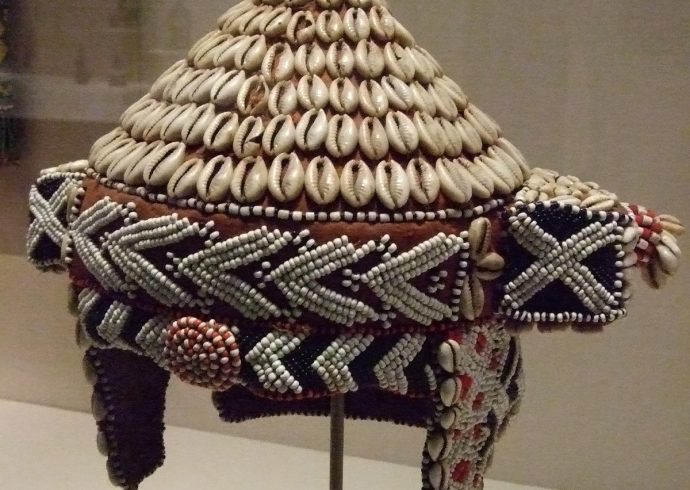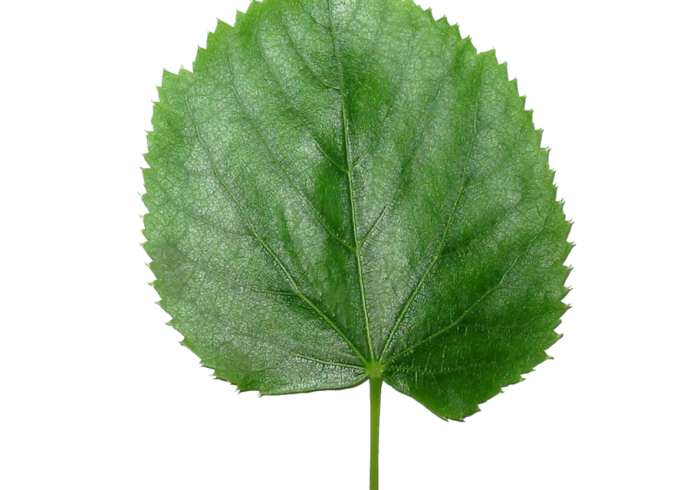
Nineteenth Century American Glass: Gillerland
Gillerland glass has its beginning with John A. Gillerland (also spelled Gilliland), a glass maker who worked with the New England Glass Company in Cambridge, Massachusetts, before starting his own company in Brooklyn, New York. The name of his factory was the South Ferry Glass Works and was established in 1823. Gillerland was innovative in that he was able to create a quality of glass that was so clear and brilliant once it was made that it was comparable to European glassware of the nineteenth century. His glass had a high refractory power, due to the amount of metal he used in making the blown glass. Such glass is commonly known as flint glass. Because of the high quality of his glass he received a medal from the 1852 International Glass Exhibition in London, England, for his glassware. As with other glassware companies of the late nineteenth and early twentieth century, Gillerland made every day practical glass storage containers for food as well as decorative and art glass. Millefiori paperweights were another common object that attempted to emulate the same style after European companies like Baccarat and Clichy.
By 1875, the South Ferry Glass Works already moved to Corning, New York, and was renamed the Corning Glass Works. In 1915, Pyrex glass was introduced to the public and proved to be a success for its durability. Corning Glass is still in business today after well over a hundred years in operation. Gillerland millefiori paperweights were quite beautiful and some descriptions of them are worth mentioning:
A faceted paperweight with a bluish white overlay has round shaped and clover shaped facets. The canes are pink, light green, with a white cane in the middle, and dark blue canes at the lower rim.
Another paperweight, also faceted, has a latticinio background, with a small cluster of flowers in the center, similar to the style of Saint Louis paperweights. The outside rim has two circles, one of white canes, the other, alternating blue and yellow canes. The top of the weight bears a large four leaf facet design.
An arrangement of millefiori canes resembling a bouquet of flowers was also used by Gillerland. Green leaves and stem in lampwork against a clear or white latticinio background was used.
As with the other flint glass that Gillerland made, his paperweights also shone with that high crystal brilliance that was so rare among nineteenth century glass makers.
Image Credit: Paperweight c. 1880, Gilliland Glass Manufactory. CC0 Public Domain Designation. Art Institute of Chicago.


